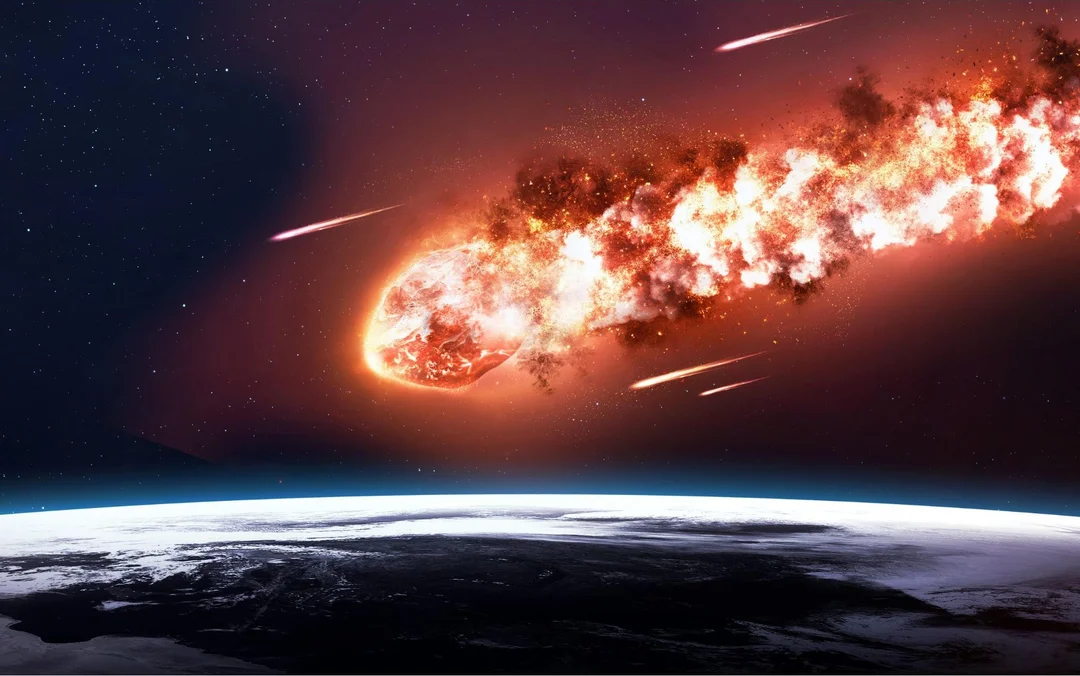
Rewriting History: Scotland’s Meteorite Impact Linked to Early Life, Occurred Later Than Thought
Recent research has dramatically altered our understanding of a massive meteorite impact in Scotland. Originally believed to have occurred 1.2 billion years ago, a new study reveals the event took place 990 million years ago. This revised timeline not only reshapes Scotland's geological history but also suggests a fascinating link between meteorite impacts and the emergence of early freshwater life.
Curtin University researchers, in collaboration with NASA Johnson Space Center, University of St. Andrews, University of Portsmouth, and Carl Zeiss Microscopy Ltd, have pinpointed the new date using zircon crystals. These minerals, acting as geological "time capsules," recorded the exact moment of impact. The findings were published in the journal Geology.
"These microscopic crystals recorded the exact moment of impact, with some even transforming into an incredibly rare mineral called reidite, which only forms under extreme pressures," said Professor Chris Kirkland of Curtin University. This transformation provided undeniable proof that a meteorite strike caused the Stac Fada deposit.

The impact formed the Stac Fada Member, a unique rock layer preserving critical evidence of ancient Earth conditions. These rocks offer insights into how meteorite collisions might have influenced the planet's climate and biological development. What makes the Stac Fada impact deposits fascinating is that they preserve the environments in which pioneering organisms lived immediately prior to the impact. It also gives the opportunity to see how microbial life recovered from impact.
The revised dating is particularly intriguing because it aligns with the emergence of some of the earliest freshwater eukaryotes, the ancient ancestors of plants, animals, and fungi. This suggests that large impacts may have influenced environmental conditions in ways that affected early ecosystems. Did the meteorite strike create conditions favorable for the evolution of these early life forms?
Finding the impact crater itself remains a challenge, but researchers are optimistic. "While the impact crater itself has yet to be found, this study has collected further clues that could finally reveal its location,” said Professor Kirkland.

The investigation into exactly when the impact occurred has unveiled the exact moment of impact while raising fascinating questions about the possible effects on early life forms. This offers a fresh viewpoint on the connections between extraterrestrial events and biological history on Earth.
What are your thoughts on the potential link between meteorite impacts and the evolution of life? Share your opinions and theories in the comments below.